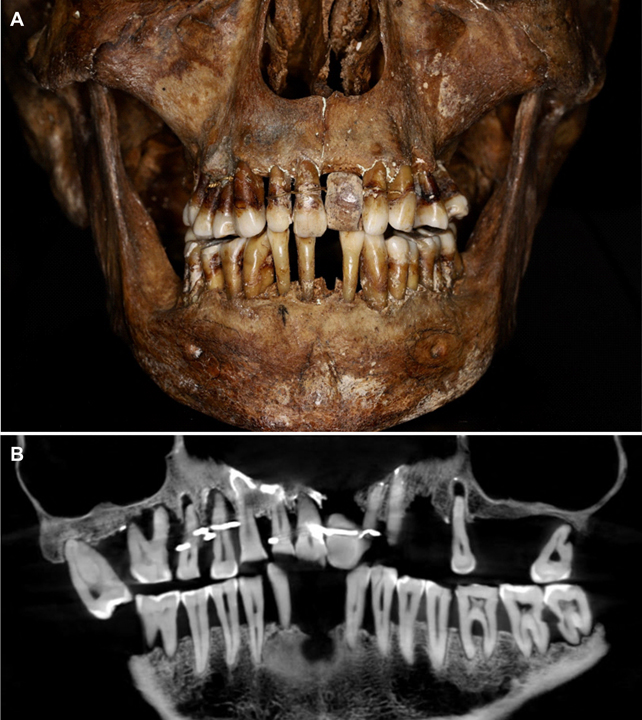ramonmercado
CyberPunk
- Joined
- Aug 19, 2003
- Messages
- 58,391
- Location
- Eblana
Died laughing?
The Joke Is on Us: A New Interpretation of Bared Teeth in Archaeological Artifacts
http://www.sciencedaily.com/releases/20 ... 125236.htm
ScienceDaily (May 14, 2010) — Bared teeth are a prominent and eye-catching feature on many historical and archaeological artifacts, and are commonly interpreted as representing death, aggression and the shamanic trance. But a study in the forthcoming issue of Current Anthropology argues that the bared-teeth motif often expresses something a bit less sinister: the smile.
Alice V. M. Samson, Faculty of Archaeology at Leiden University, the Netherlands, and Bridget M. Waller, Department of Psychology, University of Portsmouth, examined the bared-teeth motif (BTM) of the Taíno, who lived in the Greater Antilles (the Caribbean) from AD 1000 to the early decades of European contact (1492-1550). Here the BTM was used on bodily adornments and items associated with healing and shamanic practices, usually as part of decorations depicting human and animal faces.
Interpretations of the BTM by early European observers reflect a western religious and cultural worldview rather than an understanding of indigenous practices. Some of these interpretations stem from eyewitness accounts of the first European observers, who feared the indigenous people and their idols. They described the BTM as "diabolical and associated with ferocity or aggression or the expression of malevolent deities who need to be appeased." These interpretations have never been challenged and as a consequence, the bared-teeth motif has mostly been interpreted negatively.
However, Samson and Waller argue that the negative interpretation misses the mark. "Exposed and clenched teeth are not common features of the universal facial expression of anger, which is instead characterized by widened eyes, tensed lower eyelids, and lowered, furrowed brows," they write. "Studies of facial expression in human and non-human primates have shown that the bared-teeth expression is used in social contexts as an unambiguous signal of non-aggression, affiliation and benign intent."
The Greater Antilles were home to several different societies. Samson and Waller believe that pendants and other adornments that carried the BTM "acted as a sort of Taíno social grammar, allowing the indigenous peoples of the islands to engage with each other and facilitating interactions while retaining their differences."
Story Source:
Adapted from materials provided by University of Chicago Press Journals



